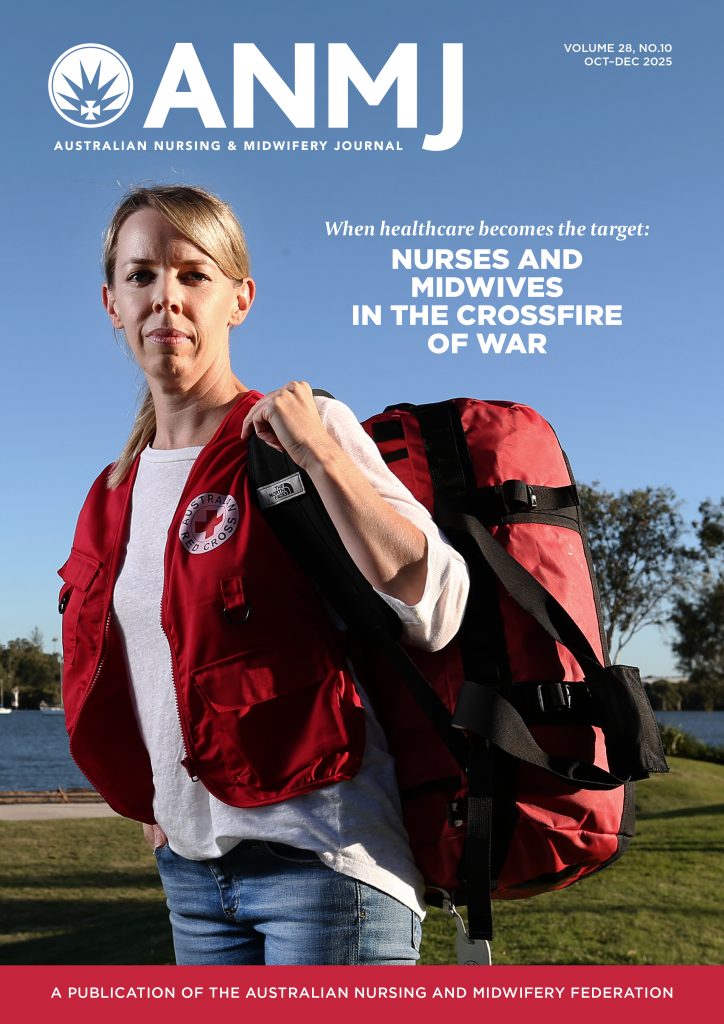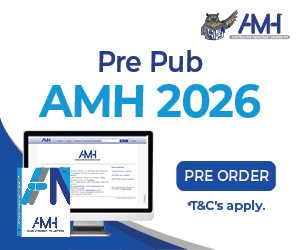Death from drug overdose has increased steadily in the past 20 years in the US, with a similar trend in Australia and across the developed world, with the increasing trend in drug overdoses connected to patterns of increased opioid prescribing (Park et al. 2015).
Opioids and benzodiazepines are widely prescribed, and co-prescribed despite concomitant use being contraindicated and dangerous.
Both opioids and benzodiazepines have significant sedative effects, where concurrent use generates a high risk of adverse outcomes and mortality. Opioids play an important role in managing acute, severe pain, but have a limited role in chronic, non-cancer pain (Babalonis & Walsh 2015).
Co-prescribing of opioids and benzodiazepines can occur incidentally from patients attending numerous doctors for different conditions, with multiple prescribers. Additionally, patients can also engage in illegitimate ‘doctor-shopping’ to receive controlled medications (such as opioids and benzodiazepines) from various sources, especially as benzodiazepines are often used or misused to enhance the euphoric effects of opioids (Babalonis & Walsh 2015; James, Mogali & Comer 2012).
There is a three-fold risk of death from drug overdose for patients prescribed opioids and high-dose benzodiazepines (>40mg diazepam equivalents) at the same time (Babalonis & Walsh 2015; Ekstrom et al. 2014).
The risk of death from drug overdose in patients prescribed opioids and benzodiazepines increases as the dose of benzodiazepines increases. Although toxicity from benzodiazepines in young adults is considered low risk, over-sedation effects from benzodiazepines are believed to be magnified when used in combination with other drugs with sedating properties, such as opioids (Park et al. 2015; James, Mogali & Comer 2012).
The significant number of deaths from opioids and benzodiazepines are often under acknowledged.
Deaths from opioids increased three-fold between 2001 and 2013, with benzodiazepines also substantially contributing to drug induced deaths (Table 1) (Babalonis & Walsh 2015).
Table 1: Drug Induced Deaths in Australia 2016
| Drug | Number of Deaths | Drug Type |
| Opioids | 992 | -Oxycodone & Codeine (550)
-Fentanyl, Tramadol, Pethidine (234) -Methadone (208) |
| Illicit Drugs | 724 | Amphetamine, Ecstasy, MDA, MDMA, Speed, ICE, Caffeine, Methamphetamine |
| Benzodiazepines | 663 | Alprazolam, Diazepam, Oxazepam, Clonazepam, Temazepam, Oxazepam |
(Australian Bureau of Statistics 2018)
Addiction medicine Drug and Alcohol Services are at the forefront of tackling concomitant use of opioids and benzodiazepines, as high dose benzodiazepine use is most prevalent in persons prescribed opioid replacement substances, such as Methadone or Buprenorphine (James, Mogali & Comer 2012).
Although opioid use alone has adverse effects on morbidity, there is a significant risk of complications and death with the combined use of opioids and benzodiazepines. Education and awareness to prescribers continues to be important to reduce the amount of opioids and benzodiazepines available to individuals, although misuse and diversion of these medicines is difficult to detect and monitor.
References
Australian Bureau of Statistics. 2018. Drug induced deaths in Australia: A changing storyabs.gov.au/ausstats/abs@.nsf/Lookup/by%20Subject/3303.0~2016~Main%20Features~Drug%20Induced%20Deaths%20in%20Australia~6 Accessed Jan 2018
Babalonis, S. & Walsh, S.L. 2015. Warnings unheeded: The risk of co-prescribing opioids and benzodiazepines. PAIN: Clinical Updates. 1-7.
Ekstrom, M.P., Bornefalk-Hermansson, A., Abernathy, A.P. & Currow, D.C. 2014 Safety of benzodiazepines and opioids in very severe respiratory disease: National prospective study. BMJ, 348. 1-10.
James, J.D., Mogali, S. & Comer 2012 Polydrug abuse: A review of opioid and benzodiazepine combination use. Drug and Alcohol Dependence, 125. 8-18.
Park, T.W., Saitz, R., Ganoczy, D., Ilgen, M.A. & Bohnert. 2015. Benzodiazepine prescribing patterns and deaths from drug overdose among US veterans receiving opioid analgesics: Case cohort study. BMJ, 350. 1-8.
Author
Olivia Sonneborn is Lecturer Practitioner – Peri-anaesthetic Care, Stream Co-ordinator Masters of Nursing (Peri-anesthetic Care), Pain Management CPD- Coordinator at Alfred La Trobe Clinical School and Faculty of Health Sciences, La Trobe University








